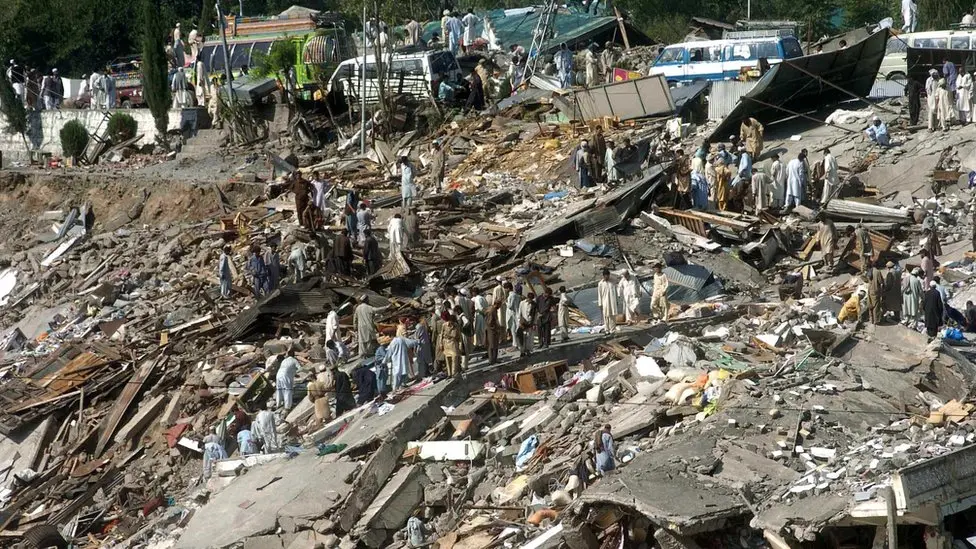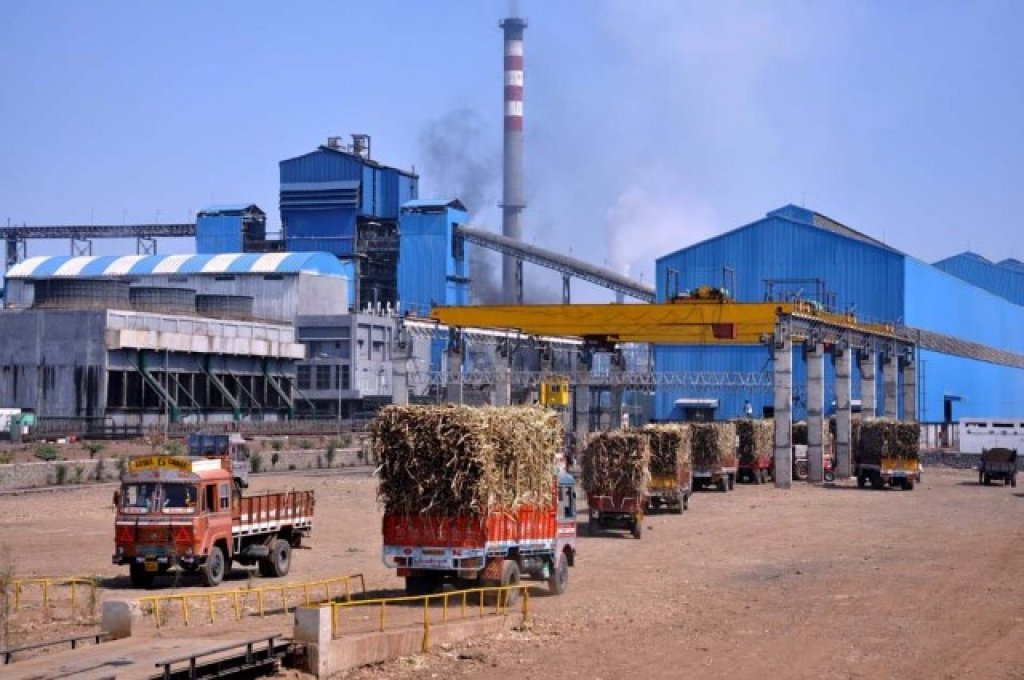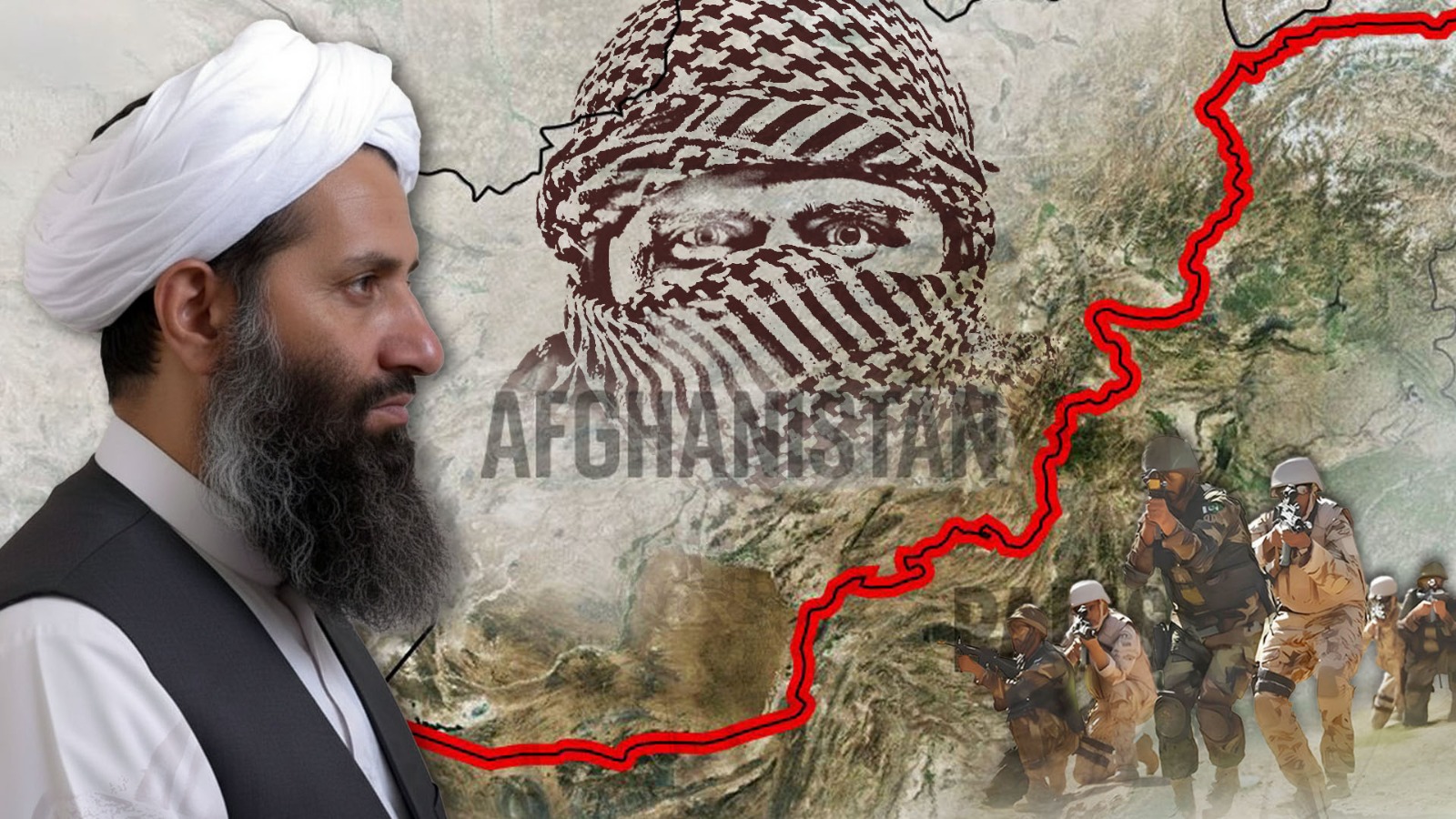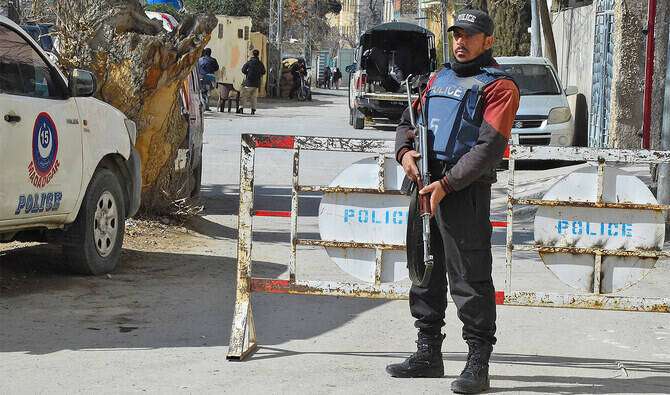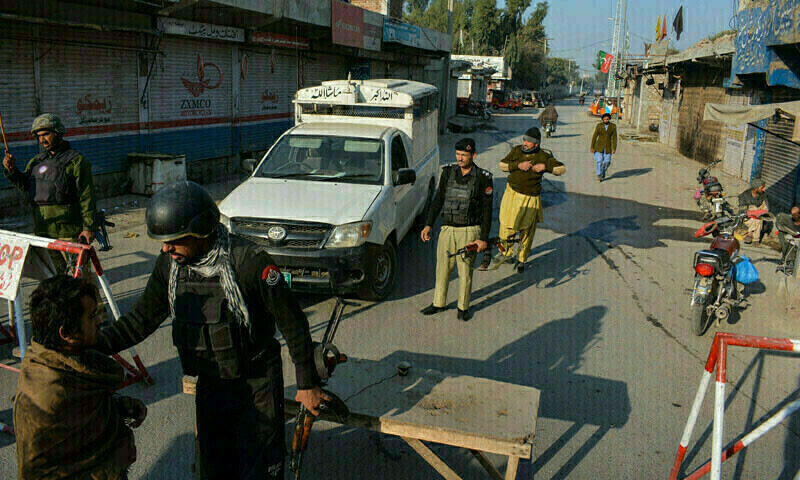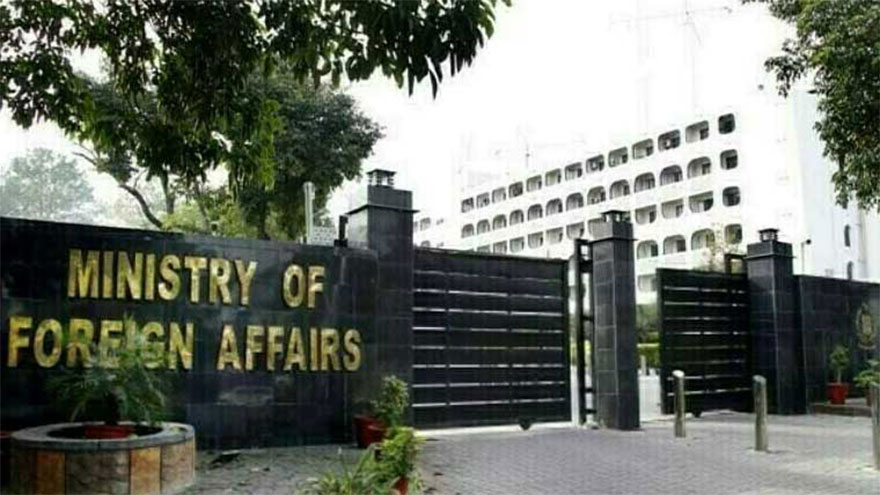Two decades after the devastating October 8, 2005, earthquake tore through northern Pakistan and Azad Jammu and Kashmir (AJK), killing over 46,000 people, the country remains dangerously vulnerable to natural disasters. The catastrophe was meant to be a turning point, yet the same systemic weaknesses, from unsafe construction to poor institutional capacity, continue to leave millions at risk.
The entire Jammu and Kashmir region lies in Seismic Zones IV and V, among the most active in South Asia. Experts, like IIT Roorkee’s Senior Research Fellow Khalid Bashir, warns that a simple truth is being ignored: “Earthquakes don’t kill, unsafe buildings do.”
Following the 2005 earthquake, the government promised to enforce earthquake-resistant building codes for all new construction. However, these pledges have largely been forgotten. Most new buildings still follow pre-2005, non-compliant patterns, and the National Seismic Risk Mitigation Programme (NSRMP) meant to retrofit vital public buildings, has made minimal progress. Seismologist Roger Bilham has even predicted a magnitude 9 event for the region, which experts warn could cause catastrophic destruction if these lax practices continue.
In response to the 2005 disaster, the federal government established the Earthquake Reconstruction and Rehabilitation Authority (ERRA), alongside provincial bodies like SERRA in AJK and PERRA in Khyber Pakhtunkhwa (KP). ERRA approved 7,608 projects in AJK alone, including major ventures like the $361 million Muzaffarabad City Development Project and the Rawalakot City Development Project.
Yet, a critical part of the recovery has been marked by failure. Delays, cost disputes, and poor oversight have stalled progress. Of the federally funded projects, 1,730 remain incomplete, including 1,112 schools and 41 health facilities. Completing these projects requires $44.12 billion that Islamabad promised in 2021 but has yet to release.A stark symbol of this failure is the proposed Bakriyal City, meant to resettle those who lost homes in the devastated Balakot. Twenty years later, the new city remains uncompleted.
The failures in Kashmir reflect a larger national problem. Pakistan, which contributes less than 1% to global greenhouse gas emissions, ranks among the 10 most climate-vulnerable nations. It faces frequent floods, earthquakes, droughts, and landslides, all intensified by climate change.
While institutions like the National Disaster Management Authority (NDMA) exist to coordinate responses, the local-level District Disaster Management Authorities (DDMAs), the essential frontline responders, remain critically weak. They often lack staff, machinery, and early warning systems. Without empowered local governments, these bodies are often reduced to merely reacting to a crisis rather than preparing for one.
This weakness was tragically exposed during the 2022 floods, which submerged one-third of Pakistan, killed over 1,700 people, and caused an estimated $30 billion in losses. Heavy rains in 2024–25, which killed over 200 people, further underscore that lessons from the past remain unlearned.
Rashida Dohad, Executive Director of the Umar Asghar Khan Foundation, voiced a sobering question: “God forbid, if another major disaster strikes, a crucial question remains: is the state machinery adequately prepared to provide timely relief to citizens and protect people from the consequences of such crises?”
Further weakening the system, a 2018 proposal to merge ERRA with NDMA to streamline operations has left reconstruction projects in limbo. While NDMA absorbed ERRA’s assets, it did not retain its experienced staff, leading to an incomplete merger that weakened institutional capacity.
Pakistan’s repeated failures stem from a vicious cycle: weak enforcement of building codes, underfunded local authorities, poor coordination, and a consistent focus on post-disaster relief over prevention. Every disaster triggers an emergency response, but rarely does it lead to sustained reform.
Twenty years after the 2005 earthquake, Pakistan stands at a crossroads. Experts agree that the path to resilience is clear: enforcing seismic safety codes, strengthening DDMAs, empowering local councils, and integrating climate adaptation into all national planning. Only by investing in prevention and accountability can the next disaster become a test of resilience, not another tragedy of neglect.

